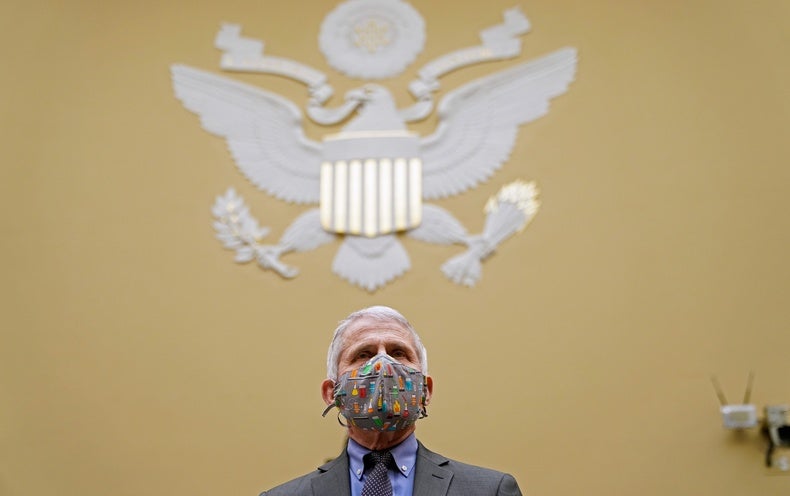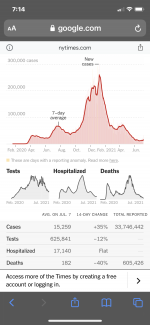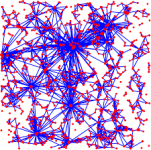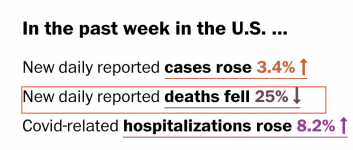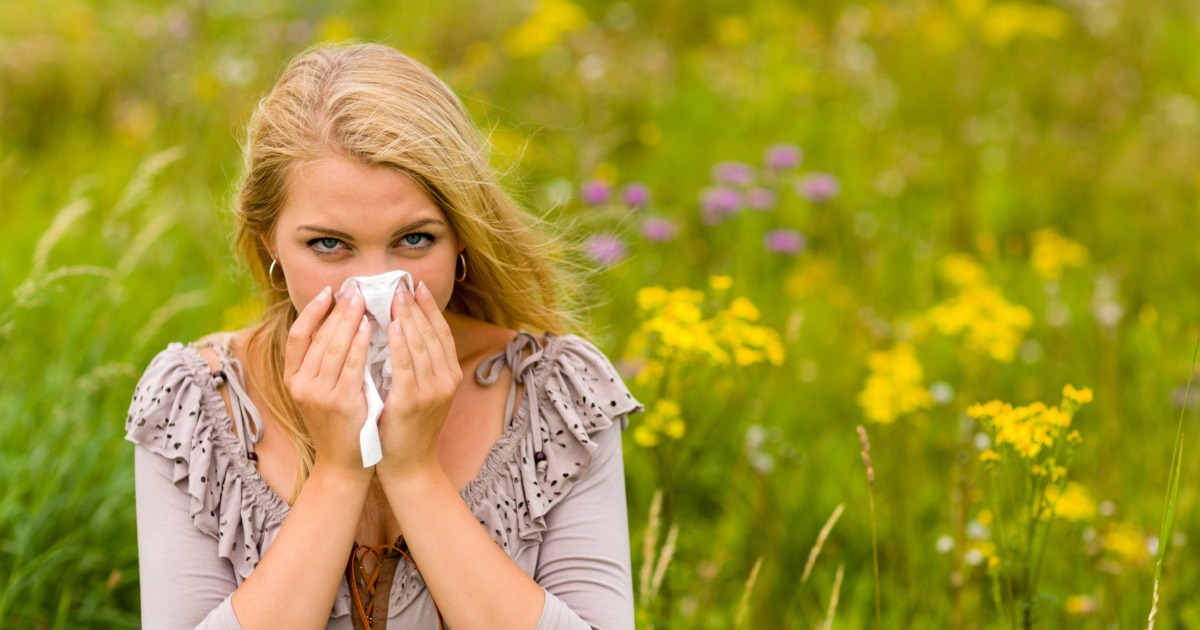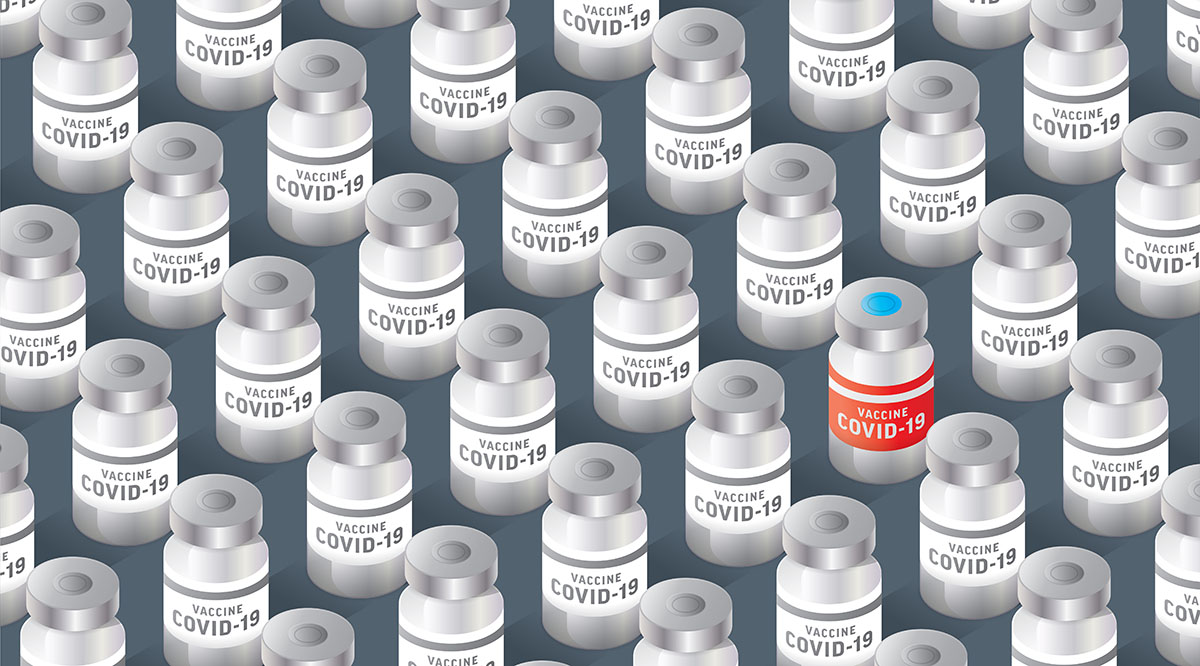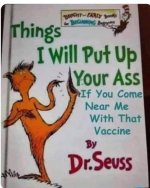Again, you won’t see and average of 13k+ new cases / day if and when we have herd immunity.
Good Lord you speak as if you have a definition of herd immunity based upon math. We've been down this rabbit hole. You once said we had to get to hundreds of cases per day. You now say 13K cases per day does not mean we are at herd immunity.
Can you please bestow upon us all your wisdom of when herd immunity occurs?
Herd Immunity: Herd immunity happens when a large part of the population -- the herd -- is immune to a virus. This can happen either because these people got vaccinated or had already been infected.
Herd immunity makes it harder for a virus to spread. So even those who haven't been sick or vaccinated have some protection.
Yale Medicine: Put simply, herd immunity means a large portion of a community is immune to a disease, making further disease spread unlikely. Immunity is conferred either by building antibodies after an infection from the virus or from a vaccine.
Pretty much sounds like where we are today, ammmirritte?
I found this article fascinating. You probably won't. Remember this was written nearly 3 months ago:
Real-world data trickling in from other countries sheds light on how quickly the United States might contain the coronavirus.

www.aamc.org
What is herd immunity?
Herd immunity occurs when a significant portion of a population achieves immunity to a disease, either through prior infection or vaccination, so that the disease is unable to spread from person to person.
The percentage of the population that must have immunity in order to achieve that goal varies depending on how contagious the disease is.
For instance, measles is highly contagious — so much so that 95% of the population must be immunized in order to stamp out the disease...
Since COVID-19 is a brand-new disease, no one quite knows what level of immunity might be required to stop SARS-CoV-2 from spreading. National Institute of Allergy and Infectious Diseases Director Anthony Fauci, MD, recently stated that he thinks that
70% to 85% of the population might need to be immune before the coronavirus is effectively contained.
Where we stand now
The U.S. population stands at about 330 million, according to the latest U.S. census figures. Assuming that Fauci and Sette are correct, between 230 million and 280 million people would need to be immune before the pandemic can be stopped.
So where are we now?
Immunity from natural infection: The Centers for Disease Control and Prevention’s (CDC’s)
COVID Data Tracker shows that about 31.5 million people in the United States have been infected with the coronavirus since February 2020. But those are the official, confirmed numbers.
Most experts say that because of inadequate testing and reporting, the true number of infections is many times higher — the CDC put this number at 83 million by December 2020.
Eric Topol, MD, the founder and director of the Scripps Research Translational Institute in La Jolla, estimates that the number of actual infections is close to 100 million. “It could be as high as 110 million or it could be 90 million, but the serology tests — the good ones — say that we’ve confirmed less than a third of infections,” he explains.
Immunity from vaccination: In addition to the roughly 100 million U.S. residents who have gained natural immunity,
about 132 million (about 40% of the population) have received at least the first shot of a coronavirus vaccine, including 80% of those age 65 and older.
Even one shot conveys broad immunity — a
recent CDC study showed that one dose of the Pfizer or Moderna vaccine was 80% effective in preventing infections two weeks after the first dose.
Overlap between the two groups: While no one knows for certain how many people who were previously infected have received a vaccine,
Topol estimates that about half of the 100 million U.S. residents previously infected with SARS-CoV-2 have been vaccinated. “That puts us at about 50 million who had COVID and are not vaccinated,” he says.
That group of 50 million who are not vaccinated but have some level of natural immunity — plus the 132 million who have been vaccinated — gets us to about 182 million of the 230 million to 280 million needed to reach herd immunity.
--------------------
Sounds EXACTLY like what I have been saying. 50% of those vaccinated didn't previously have COVID. 3 months ago, the estimate was we were at 182Million protected - by medical professionals. THREE MONTHS AGO. We are certainly far closer to 230 Million now.
Anyone suggesting we are at or near herd immunity only needs reference this article. If we aren't there, we certainly are damned close.

